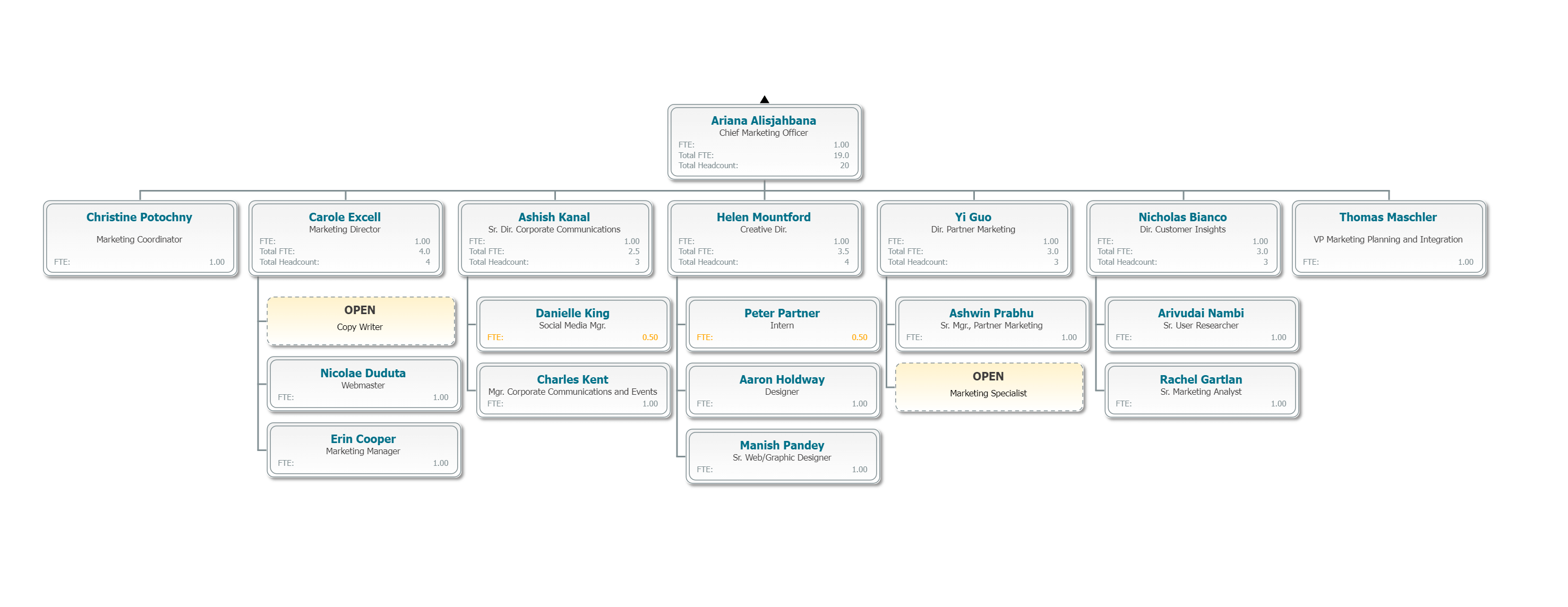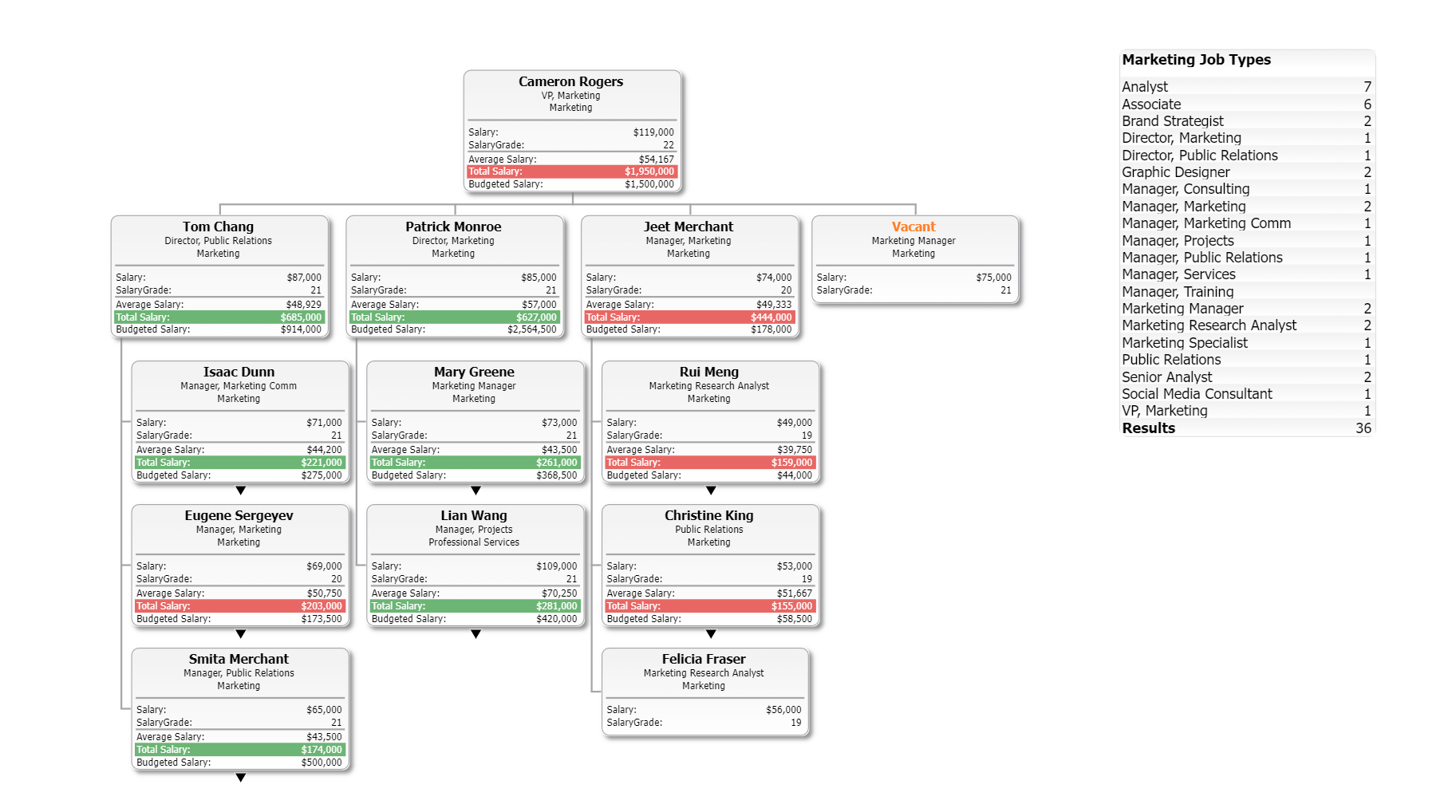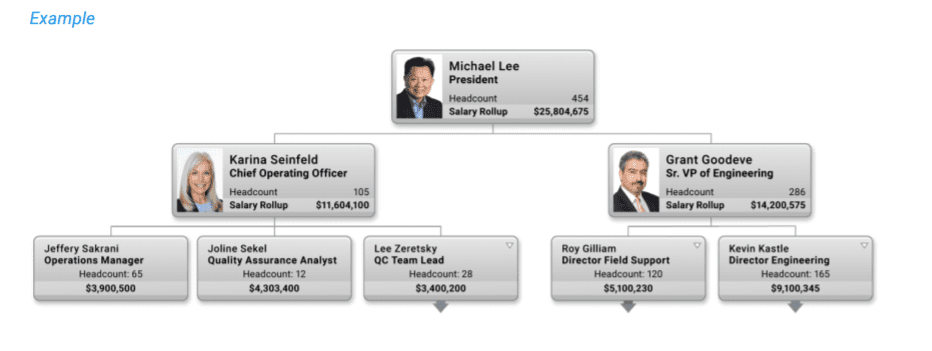April 23, 2019
6:47 AM
By OrgChart Team
Today, two constants managers and employees face are a changing business environment and too little time to effectively manage it. Company reorganizations are a common response to change. But stunningly, 80 percent of reorgs fail to deliver the desired results. People leaders want results, and they want them in a hurry. But there are few shortcuts and everyone is looking for a silver bullet.
A good strategy is critical, but it isn’t enough. As Richard Clark the former CEO of Merck observed, “You can have a good strategy in place, but if you don’t have the culture and the enabling systems that allow you to successfully implement that strategy, then the culture of the organization will defeat the strategy.” As the saying goes, “Culture eats strategy for breakfast,” and it then proceeds to eat process for lunch, and finally, structure for dinner. Addressing the culture component is essential in the reorganization process, as it looks at both readiness and capability for organizational change.
The most challenging part of a reorg is the preparation, which requires a well articulated strategy that addresses culture, readiness and capability. Having established an effective strategy, some of the techniques for reorganizing can then be approached with an expectation of success. These techniques include things such as headcount and census reporting. With the right tools modeling the organization to stay within headcount and budget targets becomes straightforward.
An employee headcount report, sometimes called an employee census, contains information about employees for an employer or an organizational unit. The information can be sorted many ways: job status (active or inactive employees), tenure, retirement eligibility, salary, or by characteristics such as race and gender. Human resources information systems, or HRIS, typically feature applications that enable employers to generate reports based on any number of variables. An employer’s ability to generate reports simplifies human resources planning functions and tasks.
Anyone who has been an employee for a significant amount of time has usually felt the effect of a company reorganization, or reorg. In today’s fast moving business world, they are becoming more frequent. A whopping 60 percent of executives surveyed by McKinsey said they’d experienced some sort of organizational redesign in just the last two years.
The first step to a successful reorg, experts say, is a plan that takes into account current strengths and weaknesses. Before jumping into planning a new organizational structure, it’s fundamental to understand holes in the current one. Research shows that the benefits of a reorg can take 3-4 years, so it pays to take the extra time to assess, plan, and get it right the first time. Teams not performing to their potential, groups overladen with management, and disparities in performance can all point to the need for change. To start attacking this complex task, an org chart which clearly displays basic yet important key data points is a great place to start.
The headcount metric answers the basic question, ‘How many employees do I have in my organization and its divisions?’ Headcount calculations form the basis of all other workforce performance ratios. OrgChart allows you to easily digest these critical metrics, while also visualizing the breakdown This enables stakeholders to more rapidly identify the groups, divisions, or geographies in most need of optimization.
Headcount may differ from Full Time Equivalent (FTE) in that FTE is most often represented as a fraction or decimal. Headcount is normally expressed as a whole number or integer.Display FTE information and calculate FTE roll ups in OrgChart to accurately assess resource allocation, appropriately disperse tasks, and better predict deliverable timelines.

Reorganizations are often a reaction to a need for a change strategy in industries beset by constant disruption. As strategy evolves, so does the balance of skills required of the workforce. OrgChart can easily calculate and display a breakdown of the number of employees and contractors, by area of expertise, throughout the organization or in a particular group. Totals are determined for each type of job such as analyst, programmer, HR manager and finance manager. Being able to review these buckets of competencies, and see them in the context of the overall organizational structure can form the basis for a solid plan for a pending reorg.

Commonly, the largest investment of an organization is in its people. The ability to understand and react to the costs associated with labor are unavoidable in making reorg decisions. OrgChart can total employee salary cost by business unit, division, department, or location. Salary rollups are commonly broken into employee and contractor/third party totals to distinguish those distinct employee cost categories.

Surprisingly, many organizational restructures result in small benefits, or, in some cases, a worse performance. The chances of these negative outcomes occurring can be mitigated by careful planning and a pragmatic, enlightened approach. OrgChart can facilitate the reorganization process by presenting a clear up-to-date analysis of where the organization is today and is an important first step to executing a healthy reorg. Request a demo today!
Tags: